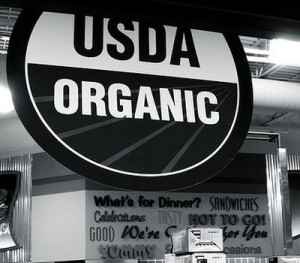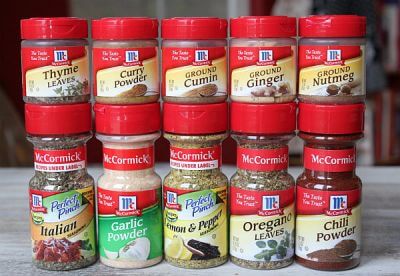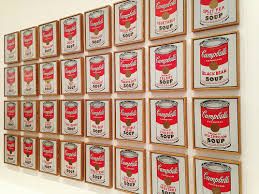Arjun Walia – Is there any way to tell the difference between organic food and conventional food? One way to tell is by simply observing both of them, organic food tends to go bad much quicker than conventional food. Another way is to simply do the research, which has shown that yes, there is a big difference, especially when it comes to pesticide accumulation in the body.
The Difference Between Organic Food & Conventional Food
 According to the United States Department of Agriculture (USDA), organic farms and processors must not use any genetically modified ingredients. This means that organic farmers can’t plant GMO seeds, an organic cow can’t eat GMO feed, an organic soup producer can’t use any GMO ingredients, and so on. Farmers and processors must show that they aren’t using GMOs and that they are protecting their products from contact with prohibited substances from farm to table. In order for something to qualify as organic, it must also be free from most synthetic materials, like pesticides and antibiotics. (source)(source)
According to the United States Department of Agriculture (USDA), organic farms and processors must not use any genetically modified ingredients. This means that organic farmers can’t plant GMO seeds, an organic cow can’t eat GMO feed, an organic soup producer can’t use any GMO ingredients, and so on. Farmers and processors must show that they aren’t using GMOs and that they are protecting their products from contact with prohibited substances from farm to table. In order for something to qualify as organic, it must also be free from most synthetic materials, like pesticides and antibiotics. (source)(source)
Conventional food is (obviously) the exact opposite. Conventional food can be sprayed with pesticides, contain genetically modified ingredients, as well as administer antibiotics.
Eating Organic vs Eating Conventional
In 2012, a widely reported Stanford University study concluded that there is little difference in the healthfulness and safety of conventional and organic food. (source) Since its publication, experts in the environmental and health sciences department criticized the study for completely overlooking a large and growing body of evidence regarding the adverse effects of pesticides. More specifically, a letter accepted for publication in the Annals of Internal Medicine pointed to the lack of information in the study regarding extensive data on the number, frequency, potential combinations, and associated health risks of pesticide residues in sprayed food. This publication calculated a 94% reduction in health risk attributable to eating organic forms of six pesticide intensive fruits. (source)
Continue reading →
 Mike Adams – Do you trust the “organic” label to really be organic? A U.S. farmer named Randy Constant killed himself to avoid a 10-year prison sentence after being convicted of running a massive organic fraud scheme that produced millions of bushels of “organic” corn and soybeans which were sold into the U.S. marketplace.
Mike Adams – Do you trust the “organic” label to really be organic? A U.S. farmer named Randy Constant killed himself to avoid a 10-year prison sentence after being convicted of running a massive organic fraud scheme that produced millions of bushels of “organic” corn and soybeans which were sold into the U.S. marketplace.
 According to the United States Department of Agriculture (USDA), organic farms and processors must not use any genetically modified ingredients. This means that organic farmers can’t plant GMO seeds, an organic cow can’t eat GMO feed, an organic soup producer can’t use any GMO ingredients, and so on. Farmers and processors must show that they aren’t using GMOs and that they are protecting their products from contact with prohibited substances from farm to table. In order for something to qualify as organic, it must also be free from most synthetic materials, like pesticides and antibiotics. (
According to the United States Department of Agriculture (USDA), organic farms and processors must not use any genetically modified ingredients. This means that organic farmers can’t plant GMO seeds, an organic cow can’t eat GMO feed, an organic soup producer can’t use any GMO ingredients, and so on. Farmers and processors must show that they aren’t using GMOs and that they are protecting their products from contact with prohibited substances from farm to table. In order for something to qualify as organic, it must also be free from most synthetic materials, like pesticides and antibiotics. ( Lynn Griffith – Organic food sales have grown by 20 percent annually! Experts are predicting that the this trend will continue to grow. (1)
Lynn Griffith – Organic food sales have grown by 20 percent annually! Experts are predicting that the this trend will continue to grow. (1) Christina Sarich – In a recent press release, Campbell’s made several major announcements about improving the sustainability of its foods, including an aim to offer more non-GMO and organic foods.
Christina Sarich – In a recent press release, Campbell’s made several major announcements about improving the sustainability of its foods, including an aim to offer more non-GMO and organic foods.